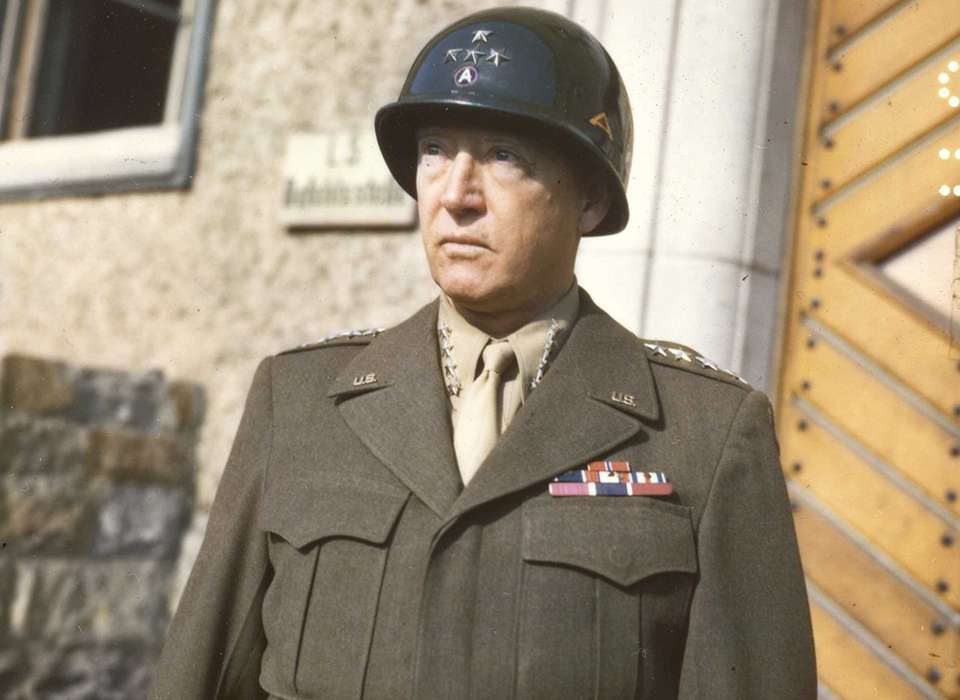
#TDIDCH: Dec 30, 1968 - Opelika, Alabama native Robert Howard, is among the most highly decorated American Soldiers of the post-WWII era.
53 years ago today saw his most valorous combat action.
[1 of 10]
53 years ago today saw his most valorous combat action.
[1 of 10]
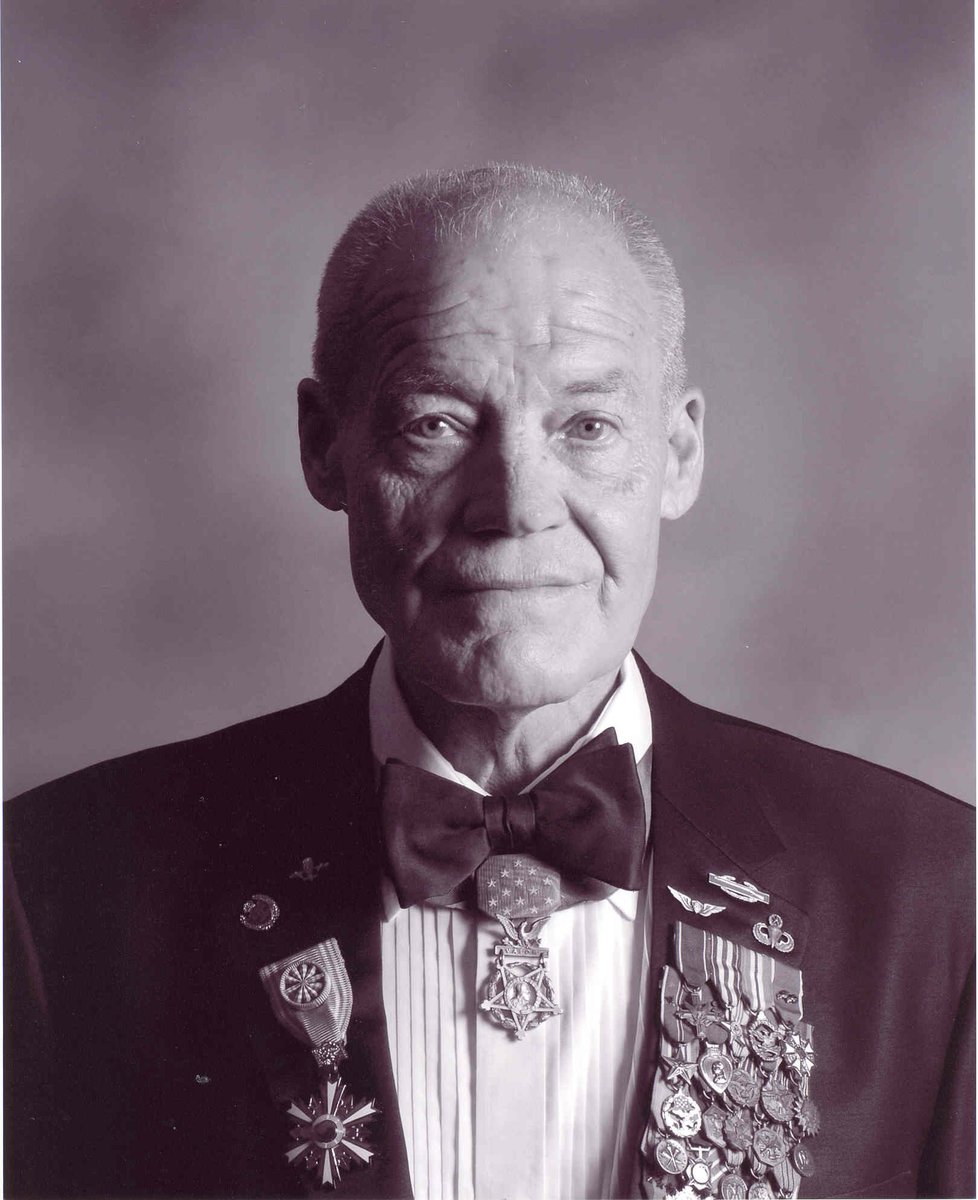
[2 of 10]
That day, while on a joint Vietnamese-US patrol to recover a missing US Soldier, then-Sgt First Class Robert Howard, a platoon sergeant with @5thForces, found his platoon surrounded by North Vietnamese regulars.
That day, while on a joint Vietnamese-US patrol to recover a missing US Soldier, then-Sgt First Class Robert Howard, a platoon sergeant with @5thForces, found his platoon surrounded by North Vietnamese regulars.

[3 of 10]
Robert was seriously wounded and his weapon destroyed by an enemy grenade.
He saw his PL was wounded as well.
He was too injured to walk and he had no weapon (even if he had a rifle, his hands were ripped up by the NVA grenade).
[📸: Robert on left]
Robert was seriously wounded and his weapon destroyed by an enemy grenade.
He saw his PL was wounded as well.
He was too injured to walk and he had no weapon (even if he had a rifle, his hands were ripped up by the NVA grenade).
[📸: Robert on left]

[4 of 10]
Nonetheless, Robert crawled to his PL, rendered aid & began crawling back, carrying his 6'4", 200 lbs PL. A bullet smashed into a magazine in Robert's ammo belt, setting off the rounds he was carrying. He was hit with 15 rounds of exploding ammo.
[📸: Robert on left]
Nonetheless, Robert crawled to his PL, rendered aid & began crawling back, carrying his 6'4", 200 lbs PL. A bullet smashed into a magazine in Robert's ammo belt, setting off the rounds he was carrying. He was hit with 15 rounds of exploding ammo.
[📸: Robert on left]
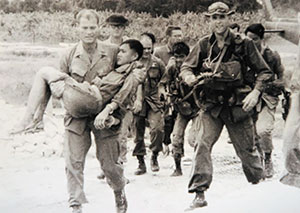
[5 of 10]
Somehow, Robert crawls the wounded Platoon Leader to a medic.
Then, for 3-and-a-half hours, Robert leads the platoon to repulse multiple enemy attacks until the area was secured sufficient to land rescue helicopters.
Somehow, Robert crawls the wounded Platoon Leader to a medic.
Then, for 3-and-a-half hours, Robert leads the platoon to repulse multiple enemy attacks until the area was secured sufficient to land rescue helicopters.
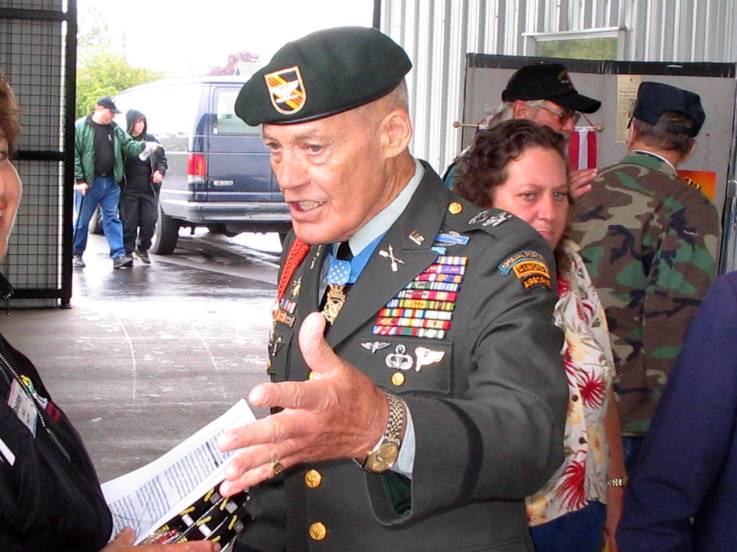
[6 of 10]
Even then, the badly wounded Robert refused to board the aircraft until all his men were safely aboard.
Of the 37 American Soldiers on the patrol, only 6 survived. Those 6 only made it out due to Robert's leadership.
Even then, the badly wounded Robert refused to board the aircraft until all his men were safely aboard.
Of the 37 American Soldiers on the patrol, only 6 survived. Those 6 only made it out due to Robert's leadership.
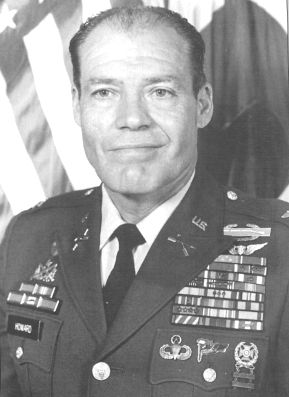
[7 of 10]
Robert was presented the Medal of Honor by President Richard Nixon for his valor that day.
In December, 1969, Robert received a direct commission from Master Sergeant to 1st Lt.
He fought in Vietnam for 54 months over three tours.
Robert was presented the Medal of Honor by President Richard Nixon for his valor that day.
In December, 1969, Robert received a direct commission from Master Sergeant to 1st Lt.
He fought in Vietnam for 54 months over three tours.

[8 of 10]
Robert was wounded 14 times, earning 8 Purple Hearts. He fought with valor many times, receiving the Distinguished Service Cross, Silver Star, and a whole bunch of other combat awards.
He served in the @USArmy for 36 years, retiring as a Colonel in 1992.
Robert was wounded 14 times, earning 8 Purple Hearts. He fought with valor many times, receiving the Distinguished Service Cross, Silver Star, and a whole bunch of other combat awards.
He served in the @USArmy for 36 years, retiring as a Colonel in 1992.

[9 of 10]
After retirement, Robert took up residence in Texas and he spent much of his free time working with veterans on job placement and post-military life.
A Special Forces legend, he also took periodic trips to Iraq and Afghanistan to visit active duty troops.
After retirement, Robert took up residence in Texas and he spent much of his free time working with veterans on job placement and post-military life.
A Special Forces legend, he also took periodic trips to Iraq and Afghanistan to visit active duty troops.
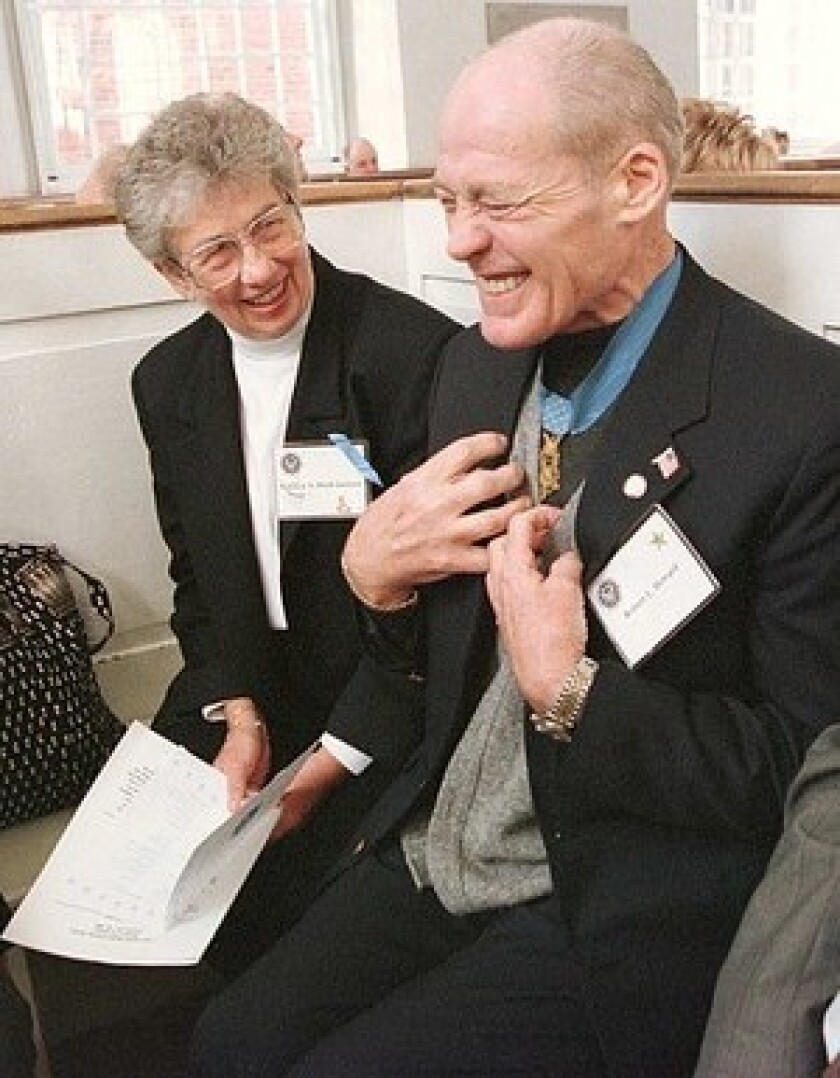
[END]
Howard died of pancreatic cancer at a hospital in Waco, Texas on December 23, 2009. He now rests in Arlington National Cemetery.
He is the most decorated Special Forces officer of the Vietnam War.
Howard died of pancreatic cancer at a hospital in Waco, Texas on December 23, 2009. He now rests in Arlington National Cemetery.
He is the most decorated Special Forces officer of the Vietnam War.

• • •
Missing some Tweet in this thread? You can try to
force a refresh











